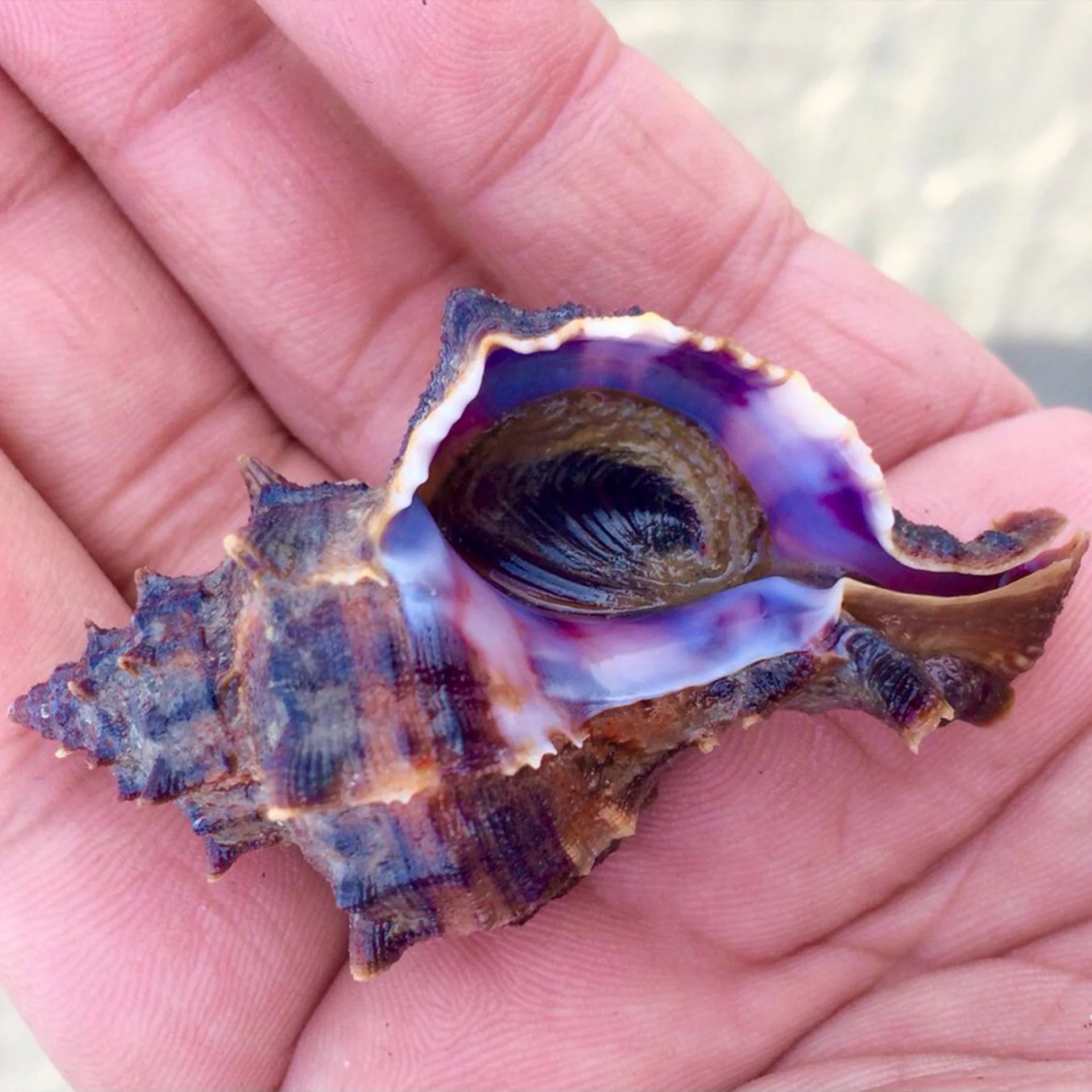Tyrian was produced at least 3,500 years ago, dating back to the Bronze Age. This color originates from the Phoenician city of Tyre, Lebanon. This range of purple hues was known in Ancient Greek as porphyra. In Latin it was called purpura, which resulted in our naming it “purple”.
It is painstakingly produced by extracting the color from countless murex shellfish, rendering this opulent royal purple. At one point around 48 BC, (after visiting Cleopatra and being impressed with her luxurious usage of the hue) Julius Caesar returned home and decreed that only the Caeser was allowed to wear a purple toga.
This edict continued throughout Emperor Nero’s reign. Known as Royal or Imperial Purple, this color was forbidden to be worn by anyone beneath a high social class, and at times punishable by death. It wasn’t until the 3rd century AD that the color was permitted to be worn by others.
It was said by historian B. Caseau, "10,000 shellfish would produce 1 gram of dyestuff, and that would only dye the hem of a garment in a deep colour.”
The color range of Tyrian has been a hot topic for centuries. It was noted that different species of murex sea snails produced corresponding shades of purple. It has been said that the most valuable shades of Tyrian were those that were reminiscent of clotted blood. It was, in every sense, the most valuable dye and pigment in Antiquity. The production of Tyrian has recently recommenced in 2008.








